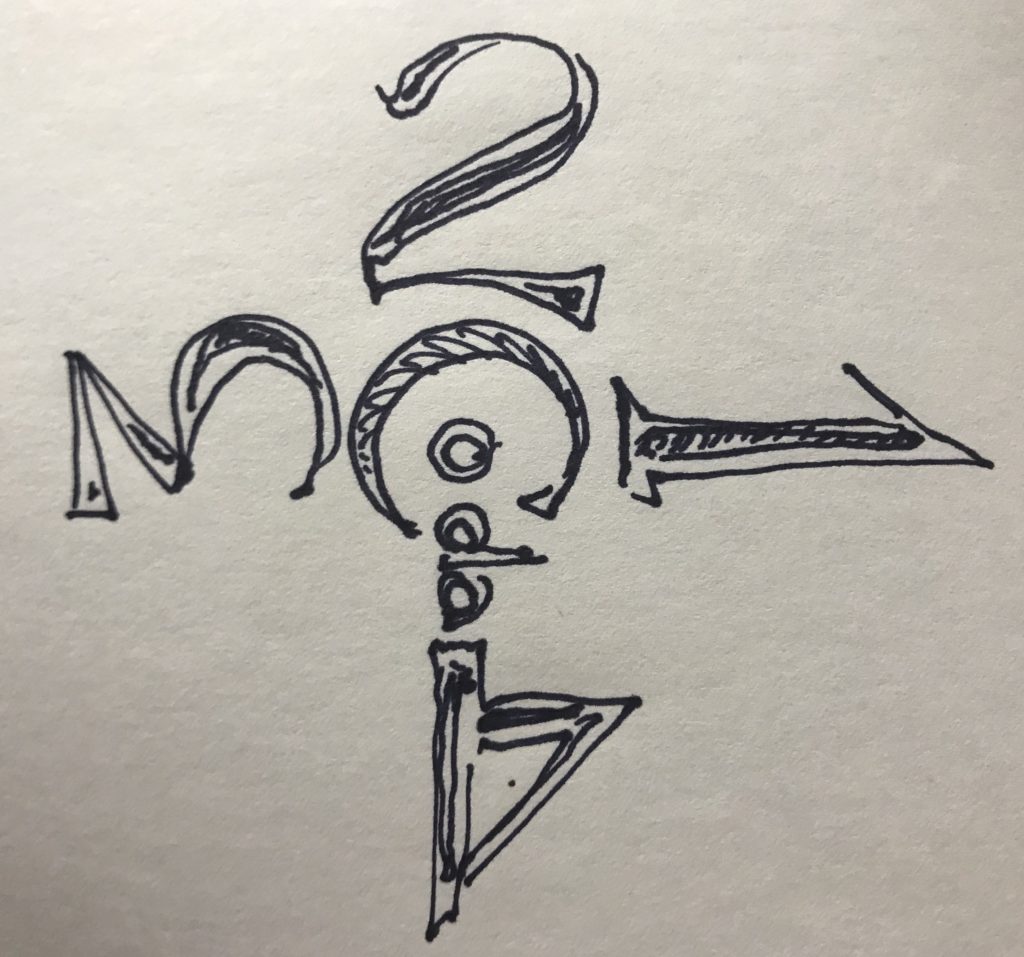Fake! Copy! Stupid! (2)
As kids, we had a simple repertoire of terms used to distinguish quality. We were negative about much that TV and movies had to offer. We had a critical eye towards things that were just plain no good. We were concerned with what seemed to be fake. We used fake for everything that was beyond reality. If the piece of action movie we watched were admirable, then it was “realistic,” and that meant that the events portrayed strove for no fakery in any of the results.
We also looked at the stories that did not include death as pure crap. Since we were only interested in action stories, and that almost always included blasting guns, if the story did not quantify the danger of such scenes by including at least several men being killed by flying bullets and exploding vehicles, we would be convinced that such work was not even worth our time. We would summarize the ending of some TV movie with our hands on our hips, simply stating: “No killing.” In the end, fake and no killing meant the same thing. One was the subset of the other. Fake should have been the broader title that encapsulated the other. But for us, they were almost synonymous, because since what we were looking for was violent solutions in our stories, “no killing” included about 95% of fake.
The other term was “copy.” If something was a copy of something, it meant we had seen that before in another movie or TV show. It was usually so blatant that the production had obviously looked at this other thing and took pointers in order to capitalize on other people’s successes. Just look at Star Wars and see how it influenced ten years of movies and shows about space travel. Everything after Star Wars involved lasers and fighter ships, and so every space saga was a copy of Star Wars. It was the same with those adventure movies where the hero had a five o’clock shadow and he had the same good luck-bad luck dynamics of Indiana Jones. The TV shows of Bring ‘Em Back Alive and Tales of the Gold Monkey were heinous — although we enjoyed them all the same.
It was true that we would resort to watching a copy if we felt it was good, but it was never going to be respected. Even though we were kids, we apparently had some ethical boundaries that could not be crossed. Tales of the Gold Monkey was one of the highest points of our week in those days, but it was never going to get more than a dismissive nod when we were talking about the qualities of the show.
Everything that we deemed bad was either fake or a copy. But there was a third piece of distinction that we used, and I was talking about it to my brother the other day, wondering what it could be. It wasn’t fake and no killing because we had concluded that they were the same thing. I started thinking about it, and then it dawned on me that my brother used to think a lot of things were stupid. I would use the term too, but not as often as he. He would put real stress on this expression. Both syllables of that word were projected with emphasis by him, with real force.
We talked about how we would use this word. “That’s just stupid!” was the regular use of it, but then, there was, “That’s so stupid!” The one word delivered with emphasis was the favored option when “just stupid” was not enough.
We were going over it, and I was telling him that though stupid was a very general term, it meant something specific to us. They were a few different things that meant stupid, but we agreed that the term was specific within these various uses. Stupid could mean that the show or movie was just ridiculous. It could also mean that something about it was not right, like certain scenes that were too weird for words. It was also that the situation was embarrassing even to the viewer. My brother added a couple of other possibilities, but the one that he felt went beyond everything else was,”A cheap solution to a complicated problem.” And that was a fair assessment of most of what we watched in the entire 1980s.
NEXT: Robotech
